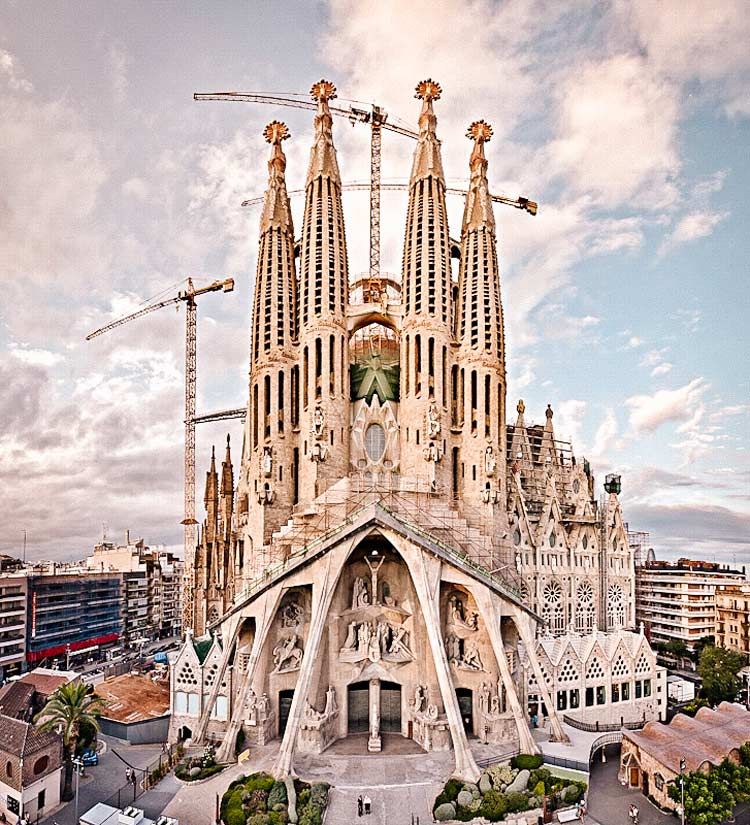
Europe, a continent often associated with ancient empires, vibrant cultures, and intricate geopolitical landscapes, holds a much deeper story beneath its surface – a narrative etched in the very soil and, increasingly, in the DNA of its inhabitants. For generations, archaeologists and historians have pieced together fragments of this distant past, imagining the lives of those who first ventured into these lands. Now, with the remarkable advancements in genetic science, we possess an unprecedented lens through which to behold the epic saga of Europe’s earliest settlers. This fusion of archaeology and genetics is not merely filling gaps in our knowledge; it is fundamentally rewriting the foundational chapters of human history on this continent.
Imagine a continent sculpted by vast ice sheets and then gradually thawing, revealing fertile plains and dense forests, ready for life to bloom. It was into this dynamic, ever-changing environment that our distant ancestors first stepped, embarking on journeys that spanned millennia and shaped the very contours of human civilization. From the shadowy valleys where the earliest hominins left their faint traces to the sprawling agricultural fields that heralded a new way of life, each epoch adds a vital layer to the intricate tapestry of Europe’s human heritage. The story is one of resilience, innovation, and an unyielding drive to explore and adapt, setting the stage for the rich diversity we see today.
Our journey begins not in the classical antiquity of Greece or Rome, nor even in the megalithic wonders of the Stone Age, but in an epoch far more ancient, reaching back across millions of years. It is a story of profound discovery, where every fossil fragment and genetic marker serves as a breadcrumb, guiding us through the immense stretches of time. These pioneers, facing a formidable and untamed continent, laid the groundwork for all subsequent human activity, their presence a testament to the enduring spirit of exploration that defines our species. Let us now embark on this captivating voyage, guided by the silent whispers of DNA and the tangible evidence of ancient tools and settlements.
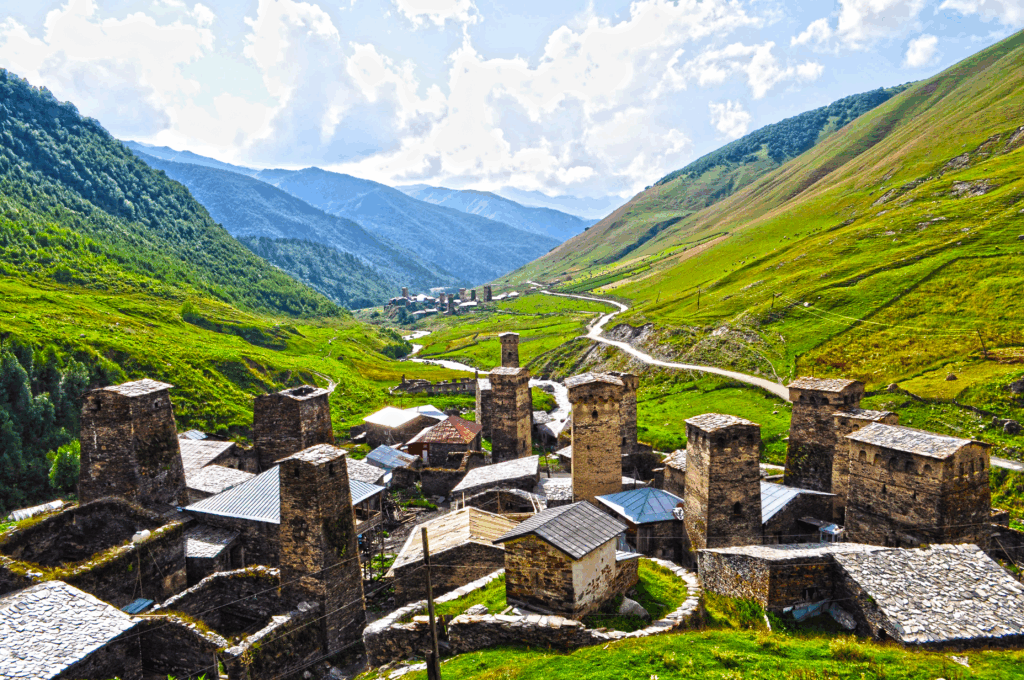
1. **The Earliest Hominins: Tracing 1.8 Million Years of Presence**The narrative of human presence in Europe stretches back far further than many might imagine, challenging preconceived notions about the continent’s role in early human migrations. It begins not with our direct ancestors, but with species that represent earlier branches of the hominin family tree. One of the most astonishing revelations came from the Dmanisi site in Georgia, where evidence of *Homo erectus georgicus* was unearthed, dating back an incredible 1.8 million years ago. These finds provide a crucial glimpse into the very first waves of hominin dispersal out of Africa and into the Eurasian landmass, marking Georgia as a pivotal gateway for these intrepid voyagers.
These early inhabitants were not simply passing through; they were adapting to new environments, developing survival strategies that allowed them to thrive in diverse landscapes. The discovery of *Homo erectus georgicus* demonstrated a remarkably early expansion into what is geographically considered the eastern edge of Europe, proving that human ancestors were navigating new territories much earlier than previously thought for the continent proper. Their tools and fossil remains offer silent testimony to a persistent, resourceful species capable of long-distance movement and settlement, setting a precedent for millennia of subsequent migrations.
Further west, in the rugged terrain of Atapuerca, Spain, another significant chapter unfolds, with hominin remains dating back approximately 1 million years. These discoveries underscore a pattern of gradual but determined eastward and westward expansion across the European continent, showing that different waves or sustained populations of early hominins managed to establish themselves in various ecological niches. Spain, with its rich fossil record, serves as a testament to the long and complex history of early human ancestors adapting to the continent’s western fringes, facing the challenges of new climates and resources.
The evidence from Georgia and Spain paints a picture of a Europe that was, intermittently, a home to archaic human species for hundreds of thousands of years before the arrival of Neanderthals and modern humans. These foundational layers of human history are critical for understanding the subsequent demographic shifts and genetic legacies. They remind us that the story of Europe’s settlers is a multi-act play, with each early species contributing its own unique drama to the unfolding epic of human habitation.
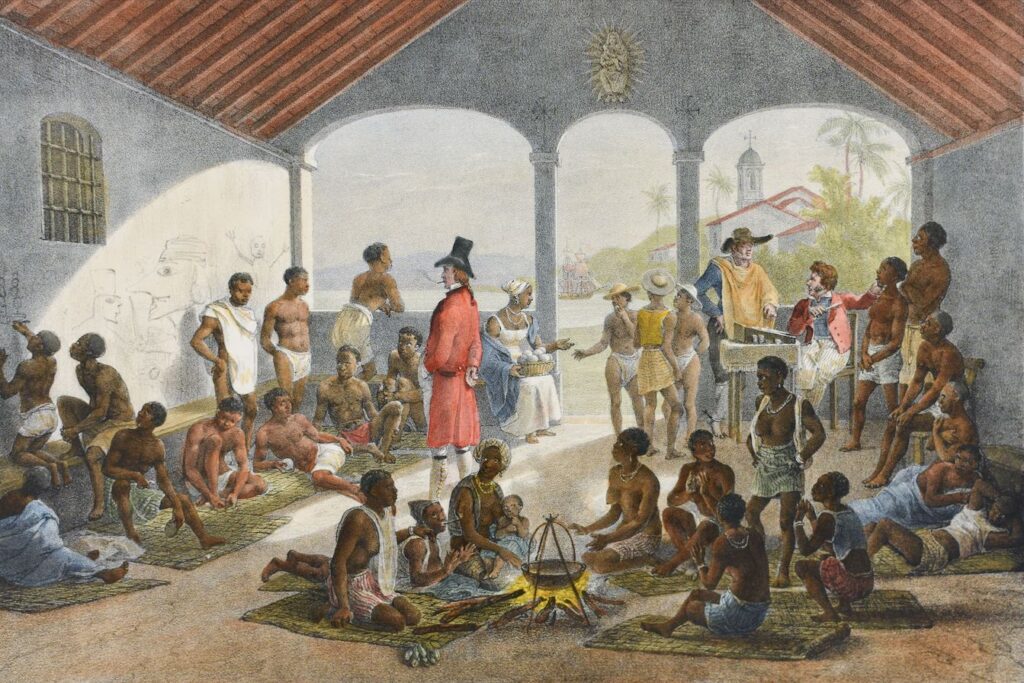
2. **Neanderthal Enigma: Europe’s Resilient Indigenous Inhabitants**For a vast span of prehistoric time, Europe was the domain of the Neanderthals, a robust and adaptable hominin species named after the Neandertal valley in Germany. Their appearance in Europe dates back an impressive 150,000 years ago, and they quickly spread across the continent, adapting to its varied and often challenging climates. Evidence of their presence, such as in the territory of present-day Poland, has been found dating back 115,000 years ago, showcasing their deep roots and wide dispersal across glacial and interglacial landscapes.
Neanderthals were not simply brutish cave dwellers; they were sophisticated hunters, toolmakers, and likely possessed complex social structures. Their ability to survive and thrive during numerous cold phases of the Quaternary Ice Age speaks volumes about their intelligence and resilience. They mastered the art of crafting specialized stone tools, developed strategies for hunting large game, and left behind intriguing clues about their cultural practices, including indications of symbolic thought and even care for their elderly and infirm.
Yet, despite their remarkable success for over 100,000 years, the Neanderthals eventually faded from the European stage. Their disappearance from the fossil record about 40,000 years ago marks one of the most compelling mysteries in human evolution. The Iberian Peninsula appears to have been their final refuge, suggesting a gradual retraction as pressures mounted. What precisely led to their demise remains a subject of intense scientific debate, with theories ranging from climate change to competition with arriving modern humans, or even a degree of interbreeding that absorbed their genetic lines.
The legacy of the Neanderthals, however, is far from eradicated. DNA studies have revealed that many modern human populations carry a small percentage of Neanderthal DNA, particularly those of European and Asian descent. This genetic imprint serves as a tangible link to these ancient Europeans, reminding us of a period when two distinct human species shared the continent, interacted, and ultimately, left an indelible mark on each other’s evolutionary paths. Their story is a powerful testament to the dynamic nature of human history and the ebb and flow of ancient populations.
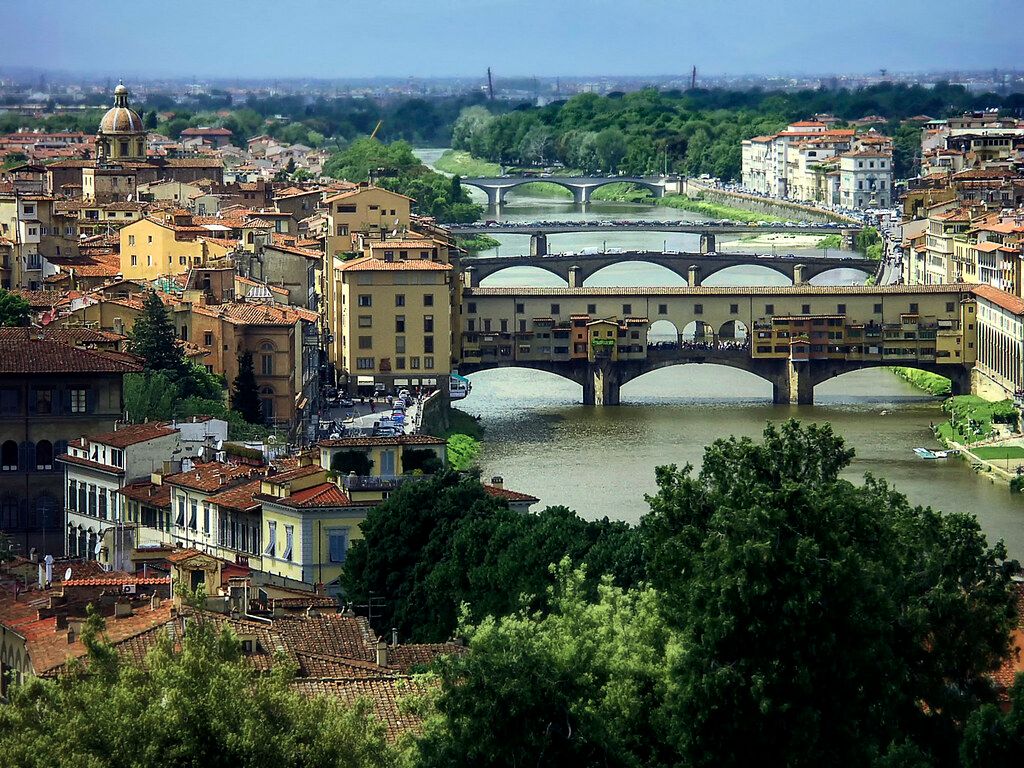
3. **Homo sapiens’ Grand Entrance: Redefining Early European Timelines**The arrival of modern humans, *Homo sapiens*, often referred to as Cro-Magnons in the European context, marked a pivotal turning point in the continent’s prehistoric narrative. For a long time, it was widely believed that these anatomically modern humans appeared in Europe around 43,000 to 40,000 years ago, coinciding with the twilight years of the Neanderthals. This period is associated with a proliferation of sophisticated tools, art, and cultural innovations that distinguish *Homo sapiens*.
However, the landscape of our understanding is continually evolving, driven by new discoveries and refined dating techniques. Recent evidence has pushed back this timeline significantly, suggesting that *Homo sapiens* arrived in Europe some 10,000 years earlier than previously thought, with indications of their presence dating back around 54,000 years ago. This revised chronology opens up fascinating new possibilities for understanding the interactions between modern humans and Neanderthals, potentially extending the period of coexistence and cultural exchange.
The earliest definitively identified sites associated with *Homo sapiens* in Europe, dating to approximately 48,000 years ago, include Riparo Mochi in Italy, Geissenklösterle in Germany, and Isturitz in France. These locations are archaeological treasure troves, offering insights into the initial adaptive strategies of modern humans as they colonized new territories. Their presence across different parts of Europe at roughly the same very early time suggests multiple dispersal routes or rapid expansion once a foothold was established.
This early arrival paints a picture of modern humans as not just successors but contemporaries of the last Neanderthals for a longer duration, potentially influencing the trajectories of both populations. The ingenuity and adaptability of these early *Homo sapiens* are evident in their technological advancements and capacity for symbolic expression, which would ultimately lay the groundwork for the demographic shifts that characterize later European prehistory. Their entry into the continent began a new chapter, one that would eventually see modern humans become the sole hominin occupants.

4. **The Neolithic Revolution: Seeds of Change from Anatolia**After millennia of a nomadic hunter-gatherer existence, Europe experienced a profound transformation known as the Neolithic Revolution, a paradigm shift that fundamentally reshaped human societies and the very landscape of the continent. This momentous change, marked by the cultivation of crops and the raising of livestock, alongside an increase in sedentary settlements and the widespread use of pottery, began its slow but irreversible march across Europe around 7000 BCE. Its origins were not indigenous to Europe but were largely influenced by earlier, well-established farming practices in Anatolia and the Near East, a testament to the interconnectedness of ancient cultures.
The adoption of agriculture was a monumental leap, transitioning human populations from a mobile subsistence strategy to a more settled, food-producing way of life. This shift had cascading effects: it allowed for greater population densities, encouraged the development of more complex social structures, and led to the creation of permanent villages and eventually towns. The ability to control food production, rather than simply gather or hunt it, provided a degree of stability and surplus previously unimaginable, profoundly altering human interaction with the environment and each other.
From its initial foothold in Greece and the Balkans, where fertile lands and favorable climates provided an ideal setting, the new agricultural way of life began to radiate outwards. The spread was not always uniform or rapid, often influenced by geographical barriers, existing hunter-gatherer populations, and the specific crops and animals being domesticated. Yet, the underlying principles of farming offered such significant advantages that its expansion became an unstoppable force, a testament to human innovation and adaptation.
The genetic evidence strongly supports the narrative of this revolution being driven by the migration of “Neolithic Early European Farmers” from Anatolia. These groups brought with them not just agricultural techniques but also their genes, intermingling with and eventually largely replacing or assimilating the indigenous Mesolithic hunter-gatherer populations. This era, therefore, is not just about a change in lifestyle but a significant demographic restructuring, laying down a fundamental genetic layer that still resonates in modern European populations.

5. **Spreading the Neolithic Wave: From River Valleys to Coastal Shores**Once established in southeastern Europe, the agricultural revolution embarked on a multifaceted expansion across the continent, utilizing various geographical pathways. Two primary routes of dispersal became particularly prominent, showcasing the adaptability of these early farming communities. One significant pathway saw the Neolithic lifestyle spread inland, along the fertile valleys of major rivers such as the Danube and the Rhine. This expansion is archaeologically characterized by the “Linear Pottery culture,” named for its distinctive decorated pottery, which testifies to a relatively cohesive and widespread cultural phenomenon.
Simultaneously, another important vector of dispersal involved the Mediterranean coast. Here, the “Cardial culture,” recognized by its shell-impressed pottery, carried farming practices and associated innovations westward along the sun-drenched shores. This dual-pronged expansion highlights the strategic thinking of these early farmers, utilizing both the rich soils of river systems and the maritime networks of the Mediterranean Sea to propagate their transformative practices, demonstrating an impressive capacity for both terrestrial and coastal adaptation.
Between approximately 4500 and 3000 BCE, these central European Neolithic cultures continued their development and further expansion towards the west and the north. As they moved into new territories, they not only introduced farming but also transmitted newly acquired skills in producing copper artifacts. This marked a significant technological advancement, moving beyond pure stone tools and ushering in the Chalcolithic, or Copper Age, a period of incremental but impactful innovation that laid the groundwork for the Bronze Age to follow.
Interestingly, while much of central Europe saw the establishment of large agricultural settlements, the Neolithic period in Western Europe was often characterized differently. Instead of vast villages, it became renowned for its impressive field monuments, such as causewayed enclosures, burial mounds, and the awe-inspiring megalithic tombs. This regional variation underscores how the core ideas of the Neolithic Revolution were adapted and expressed through diverse cultural lenses, demonstrating that innovation was not a monolithic process but a dynamic interplay between new ideas and local traditions. The spread of the Neolithic was thus a complex tapestry of migration, adoption, and cultural evolution, transforming Europe piece by piece.
Following the monumental shifts of the Neolithic Revolution, Europe’s genetic story takes another fascinating turn, revealing the intricate layers that truly define its modern populations. While early hominins and the first farmers laid crucial foundations, the continent’s genetic tapestry was woven even more richly by three distinct and powerful threads. These major genetic contributions, unearthed through the revolutionary insights of ancient DNA, paint a vivid picture of successive waves of migration and interaction, each leaving an indelible mark.
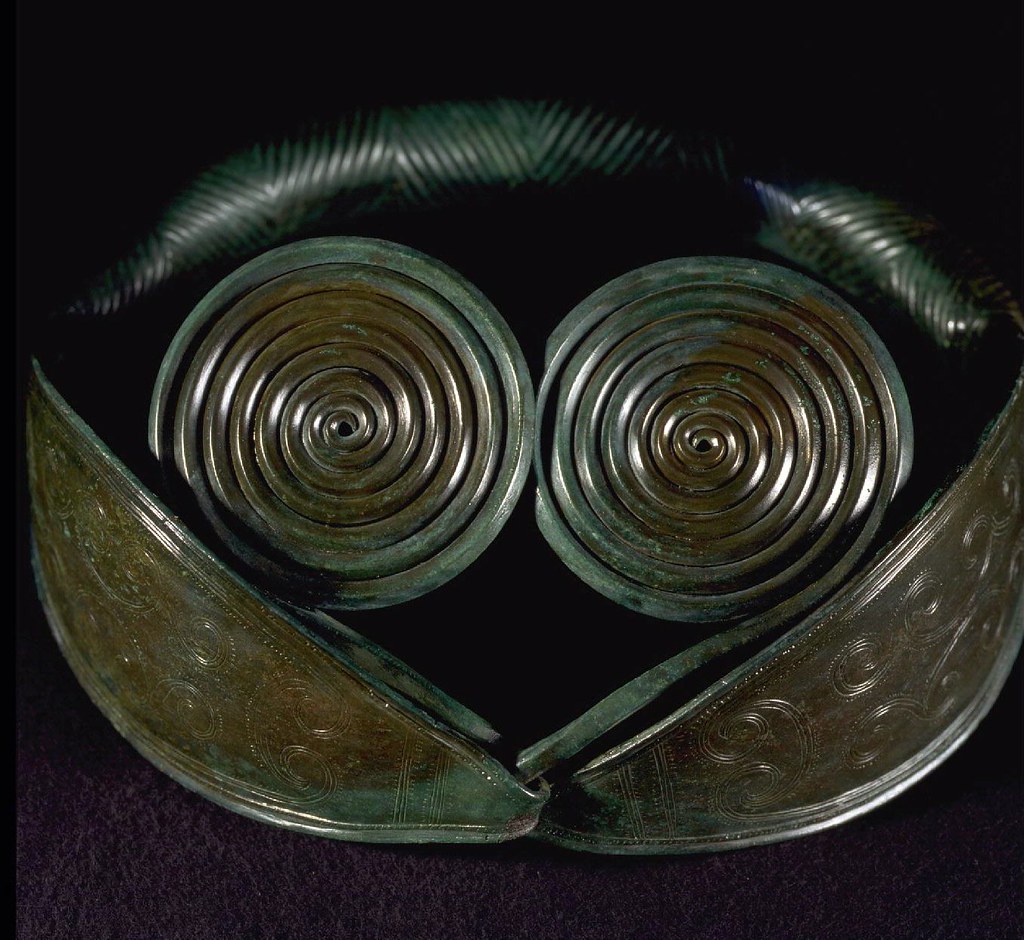
6. **The Silent Sentinels: The Enduring Legacy of Mesolithic Hunter-Gatherers**Before the arrival of farming, Europe was home to resilient populations of hunter-gatherers, the descendants of those who weathered the harsh conditions of the Last Glacial Maximum. These “Mesolithic hunter-gatherers” represent Europe’s original post-glacial inhabitants, genetically linked to populations associated with the Paleolithic Epigravettian culture. They were intimately familiar with the continent’s diverse landscapes, from the abundant coastal plains to the burgeoning forests, adapting their lives to the ebb and flow of seasons and available resources. Their enduring presence forms one of the three foundational lineages of modern European ancestry.
These silent sentinels, though often overshadowed by the dramatic narratives of later migrations, possessed a profound knowledge of their environment. Their toolkit, characterized by microliths – small, finely worked stone blades – allowed for efficient hunting and processing of game, as well as harvesting wild plants. They were not static, but moved across territories, following animal migrations and exploiting seasonal food sources, leaving behind scattered but significant archaeological evidence of their sophisticated adaptation strategies. Their genetic signature persisted, even as new populations arrived.
When the Neolithic farmers began their westward expansion from Anatolia, they encountered these established Mesolithic communities. The interaction between these two distinct groups was complex, ranging from assimilation and intermarriage to, potentially, displacement. Genetic studies now confirm that while farming populations largely spread their agricultural practices and associated genes, a significant portion of the Mesolithic genetic heritage was absorbed and maintained within the newly formed agrarian societies. This intermingling ensured that the ancient roots of Europe’s first post-glacial inhabitants would continue to thrive.
Indeed, the genetic legacy of these Mesolithic hunter-gatherers is far from negligible in contemporary European populations. Their contribution is a powerful reminder that Europe was never an empty canvas awaiting new arrivals, but a vibrant and inhabited land whose indigenous peoples played an active role in shaping the genetic and cultural future of the continent. Understanding their persistent genetic presence is key to appreciating the complex layers of Europe’s demographic history.
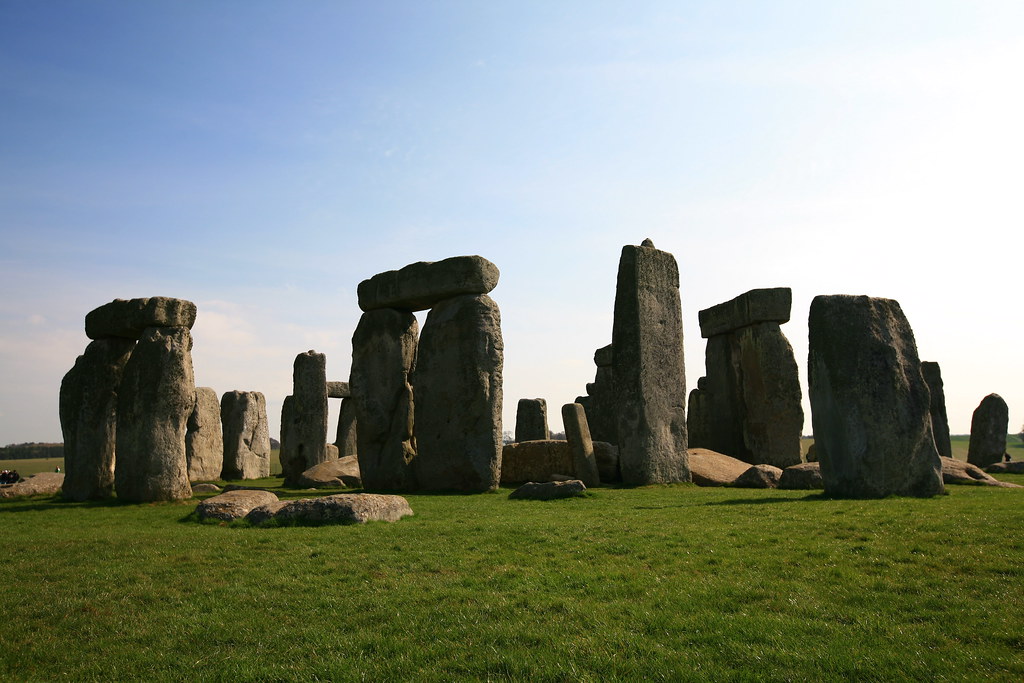
7. **Architects of Stone: The Megalithic Builders and Cultural Horizons**As the Neolithic age matured and gave way to the Chalcolithic, or Copper Age, Western and Southern Europe bore witness to an astonishing phenomenon: the construction of monumental stone structures known as megaliths. These enigmatic formations, ranging from elaborate chambered tombs to vast ceremonial complexes, stand as enduring testaments to the organizational prowess, engineering skill, and perhaps the spiritual beliefs of their builders. This era of monumental construction, flourishing particularly between 4500 and 3000 BCE, represents a distinct cultural horizon that left an unmistakable imprint on the European landscape and its emerging societies.
Iconic examples such as Stonehenge in the United Kingdom, with its precisely aligned sarsen and bluestone circles, and the Megalithic Temples of Malta, including the awe-inspiring Ġgantija, showcase the sheer ambition and dedication of these ancient societies. These structures were not merely functional; they embodied complex astronomical knowledge, served as communal gathering places, and often acted as elaborate burial sites, suggesting a deep connection to ancestry and the cosmos. The labor required to quarry, transport, and erect these massive stones implies sophisticated social hierarchies and a shared vision that transcended individual lives.
The “Corded Ware cultural horizon,” which flourished at the transition from the Neolithic to the Chalcolithic, is often associated with the later phases of megalithic construction in parts of Europe. While the exact relationship between various megalithic traditions and specific genetic groups is still a subject of active research, it is clear that the populations responsible for these incredible feats of engineering were contributing to the evolving genetic make-up of Europe. Their innovations in stone architecture and their distinctive material cultures reveal a period of profound societal development and increasing regional differentiation.
The spread of megalithic traditions, alongside the continued development of agricultural techniques and the emergence of copper metallurgy, points to a dynamic period of cultural exchange and population movement. These architects of stone, through their enduring monuments, provided physical anchors for communities and shaped the spiritual and territorial identity of vast swathes of Europe. Their legacy is not just in the stones they moved, but in the complex societal structures and genetic admixtures that arose during this pivotal time, enriching Europe’s diverse heritage.
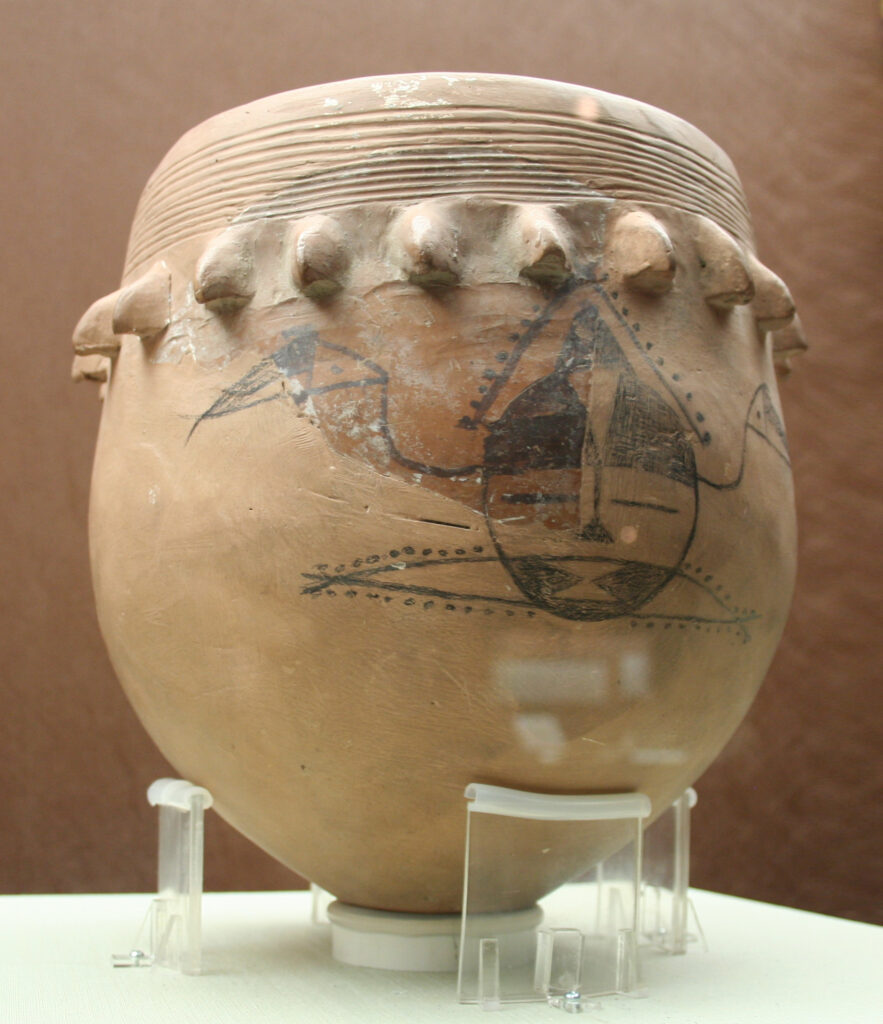
8. **The Steppe’s Influence: Yamnaya Herders and Indo-European Roots**Few migrations have left as profound and pervasive an impact on the genetic and linguistic landscape of Europe as the expansion of the Yamnaya culture from the Pontic-Caspian steppe. Around 5,000 years ago, these skilled pastoralists and horse riders, originating from the vast grasslands stretching across modern-day Ukraine and southern Russia, embarked on a westward journey that would fundamentally reshape the continent. This significant migration introduced a major new genetic component to Europe, becoming the third pivotal pillar alongside the Mesolithic hunter-gatherers and Neolithic farmers.
The Yamnaya people were characterized by their nomadic pastoralism, herding cattle and sheep across the steppe, and their distinctive burial practices involving kurgans, or burial mounds. Crucially, they were among the earliest cultures to widely utilize the horse for transport and possibly warfare, an innovation that granted them a significant advantage in mobility and expansion. Their arrival in Europe was not merely a demographic shift; it brought with it a new way of life, new technologies, and, most importantly, the linguistic ancestors of what would become the vast Indo-European language family, which dominates much of Europe today.
Genetic studies have unequivocally demonstrated the widespread impact of the Yamnaya migration. Analysis of ancient DNA from skeletal remains across Europe shows a dramatic shift in genetic profiles following their arrival, with a significant proportion of “Steppe ancestry” appearing in populations from Western to Northern Europe. This suggests a substantial influx of people, rather than just the adoption of new cultural practices. The genetic markers associated with the Yamnaya are now a cornerstone of the European gene pool, linking modern Europeans to this ancient wave of migrants.
The confluence of Yamnaya genes and Indo-European languages points to a powerful package of cultural and biological influence. As these pastoralists intermingled with existing farming and hunter-gatherer populations, they contributed to the formation of the complex genetic mosaic that defines Europe today. Their legacy is evident not only in our DNA but also in the very words we speak, forging a deep connection between these ancient herders and the linguistic and cultural diversity of the continent. The steppe, therefore, served as a dynamic crucible for one of Europe’s most transformative human movements.
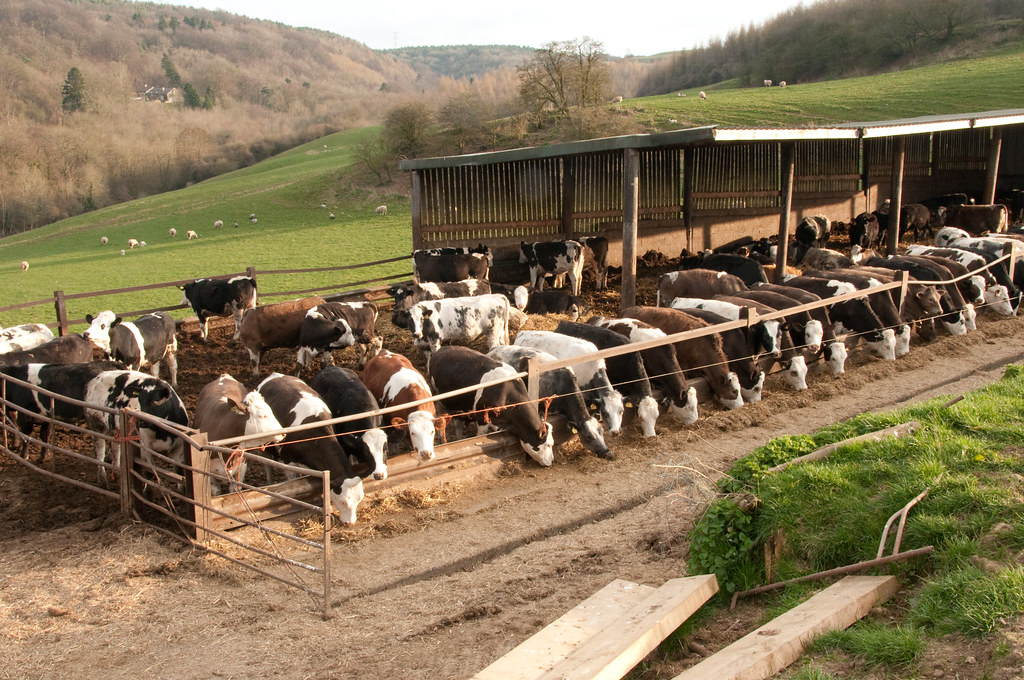
9. **A Continent Forged by Migrations: Synthesizing Europe’s Diverse Heritage**As we journey through Europe’s deep past, from the faint traces of *Homo erectus* to the dawn of complex agricultural societies, a compelling narrative emerges: Europe is a continent perpetually shaped by dynamic migrations. The story is not one of static populations, but of successive waves of people, each bringing their unique genetic signatures, cultural practices, and technological innovations, which together have woven the intricate tapestry of its human heritage. The remarkable precision of ancient DNA analysis has allowed us to discern these distinct threads with unprecedented clarity.
The foundation was laid by the Mesolithic hunter-gatherers, the resilient survivors and descendants of the Paleolithic era, who adapted to Europe’s post-glacial landscapes. Their genetic resilience ensured their enduring presence, even as new ways of life emerged. Next came the transformative wave of Neolithic Early European Farmers, migrating from Anatolia, who introduced agriculture, pottery, and sedentary living, profoundly altering human-environment interactions and demographic patterns. This shift brought a new major genetic component that reshaped existing populations.
Finally, the powerful and extensive migration of Yamnaya Steppe herders added a third, crucial genetic layer, bringing with them pastoralism, the horse, and the ancestral roots of Indo-European languages. These three primary lineages — indigenous Mesolithic hunter-gatherers, incoming Neolithic farmers, and later Steppe pastoralists — intermingled, adapted, and evolved, creating a rich mosaic of genetic diversity that underpins the modern European population. The interplay between these groups was not always simple, but their combined impact is undeniable.
The story told by DNA is one of continuous interaction, innovation, and adaptation. It reminds us that modern Europeans are a synthesis of these ancient journeys, a living testament to the ebb and flow of human history across a vibrant continent. From the earliest hominins navigating unforgiving landscapes to the builders of megaliths and the herders of the steppe, each chapter adds depth and nuance to our understanding of who we are and where we come from.
Ultimately, the scientific quest to trace Europe’s human origins is a testament to the enduring power of inquiry, blending the tangible evidence of archaeological finds with the molecular whispers encoded in our very cells. It reveals a Europe that is a breathtaking mosaic, a continent forged not by single, isolated events, but by a spectacular symphony of migrations, adaptations, and cultural fusions over vast stretches of time. Every individual living on this continent today carries within their DNA a part of this ancient, interwoven epic, a truly awe-inspiring legacy from our pioneering ancestors.



